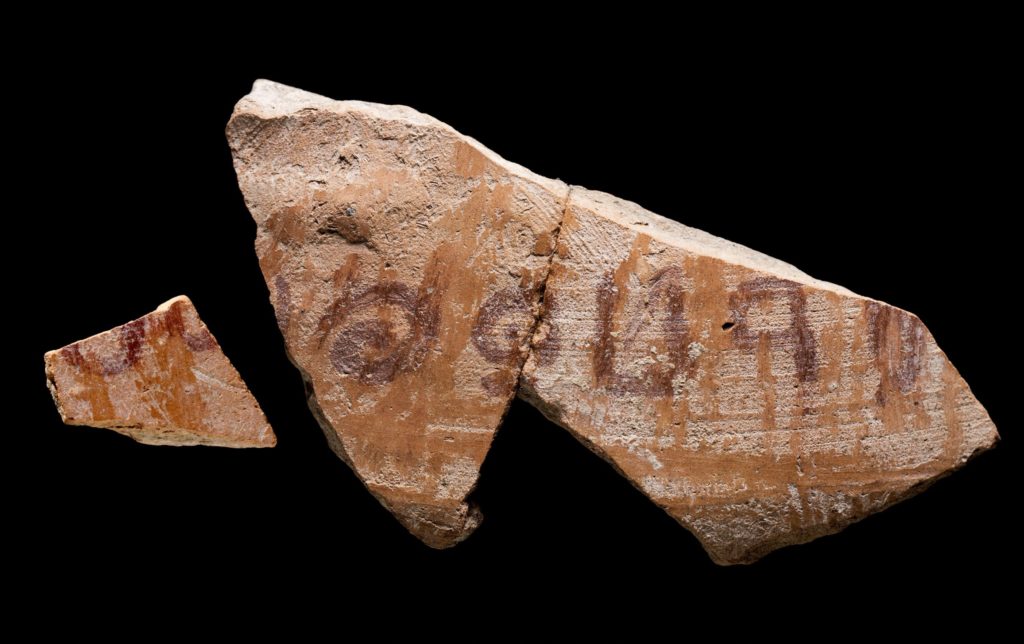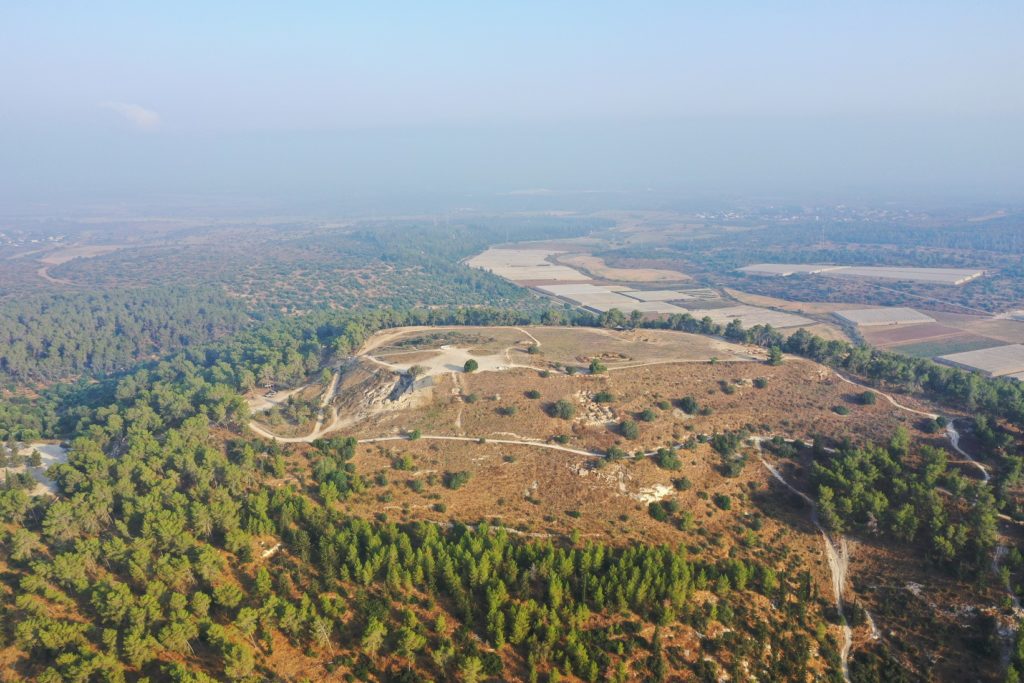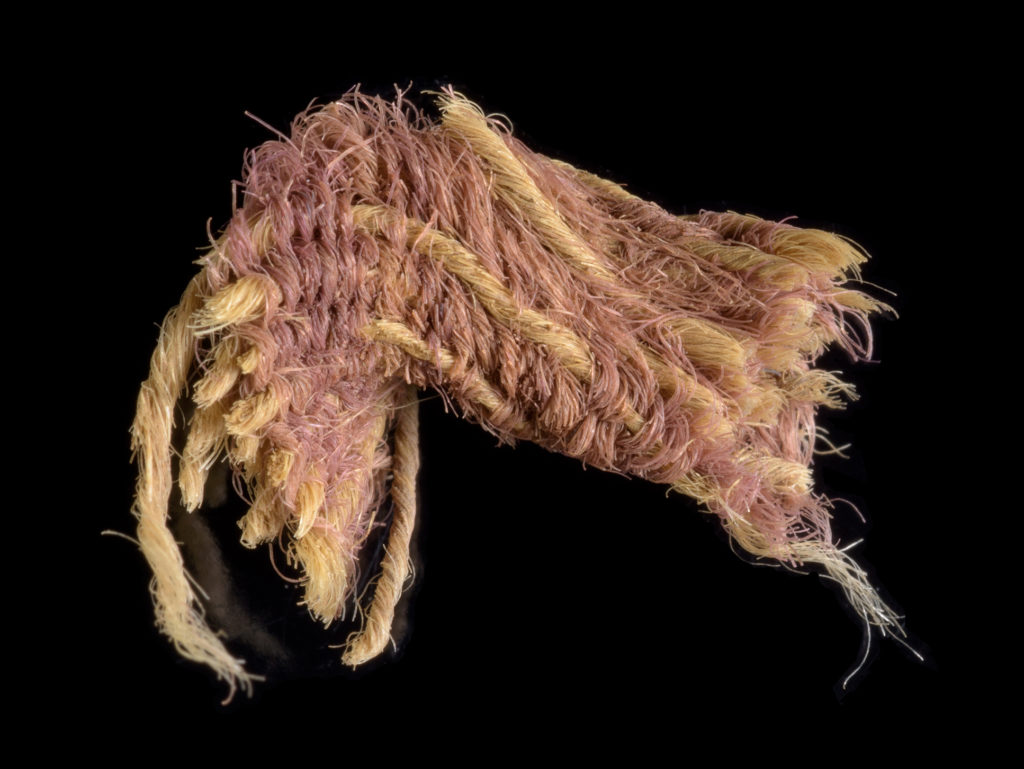
Recent Israeli finds continue to affirm Biblical accounts
Published on: 3.9.2021By: David Parsons, ICEJ Vice President & Senior Spokesman



There were rising hopes that Israel would soon open up once again for Christian tourists, but a fourth wave of the coronavirus has the new government heading back towards tightening restrictions on foreign visitors. Until the country welcomes tour groups again, the Land of the Bible continues to divulge its many hidden treasures proving the accuracy of God’s word.
Just in recent months, there have been numerous archaeological finds verifying the accounts in both the Hebrew and Christian Scriptures.
For instance, excavations in the ancient City of David have just uncovered a layer of destruction dating back some 2,800 years which does not correspond to any ancient battle or conquest of Jerusalem, leaving archaeologists to surmise it may be proof of the major earthquake which struck the city mentioned in the books of Amos and Zechariah. The unearthed ruins include shattered clay vessels, lamps, cooking utensils, bowls and storage containers which were damaged when the walls of an ancient building collapsed. The books of Amos (1:1) and Zechariah (14:5) both refer to a great earthquake which shook Israel “in the days of Uzziah, king of Judah.”
Archaeologists are finding many other fascinating artifacts in the City of David which continue to prove that the walled city indeed served as the capital of the Davidic dynasty ruling over the Kingdoms of Israel and then Judah in the time frame given in the Hebrew Bible. For example, recent digs uncovered a missing eastern section of the outer city wall of Jerusalem that the Babylonians encountered when laying siege to the city in 586 BC. Other finds in the same area relate to Second Temple times, including recently unearthed arrowheads and other weaponry from the Roman conquest in 70 AD.
Meantime, a pair of large, magnificent adjoining chambers were recently unveiled in the area of the Western Wall tunnels which are believed to have been part of an ornate public hall used by local Judean officials to welcome important visitors before they ascended to the Temple courts above. The Western Wall Heritage Foundation will soon add the impressively decorated rooms and adjoining water fountains to the tour options for those visiting the Kotel tunnels in future.
Elsewhere, an ancient clay jug was recently found in a dig at Khirbet al-Ra‘i, believed to be biblical Ziklag (e.g., 1 Samuel 30), with a very interesting ink inscription of the name “Jerubbaal”. This is the name given to Gideon in Judges 6:31-32 and can mean “Let Baal plead against him” or “May the lord be great”. The jug inscribed in an ancient Canaanite script dates back 3,100 years to the time of the Judges, when Gideon destroyed the altar of Baal at Ofra and led the Israelites in defeating the Midianites in the Jezreel valley. While it is not certain that the inscription on the pottery has a direct connection to Gideon, experts say it does reveal how the Bible preserves authentic names from this early period in Israel’s history.
In recent months, the excavations at Tel Azekah (where David slew Goliath) have revealed not only pottery and walls of the fortified Israelite city, but also skeletons of troops who fell in battle there. The human remains are believed to date to when the Bible says that King Sennacherib destroyed Azekah at the time of the Assyrian invasion of the Kingdom of Judah more than 2,700 years ago (see 2 Kings 18-19; 2 Chronicles 32; Isaiah 36).
Several months ago, archaeologists also reported finding dozens of fragments of a biblical scroll dating to the Bar Kokhba revolt in 135 AD – the first such discovery of an ancient biblical parchment in some 60 years. The scroll, written in Greek, includes portions of the Twelve Minor Prophets, including the books of Zechariah and Nahum. The rare find was uncovered during a concerted national effort to locate and preserve any remaining ancient parchments from looters of antiquities operating in the Judean Desert and Dead Sea basin.
Finally, at Timna, near the southern tip of Israel, evidence has recently been discovered which indicates that Israelites were indeed working the copper mines located there in the time of King Solomon, as the Bible suggests. Until now, many archaeologists and scholars had dated the copper mining activities at the site almost exclusively to an earlier Egyptian presence in the area. Among the groundbreaking new finds, archaeologists have recovered scraps of fabric dyed in royal purple from the time of kings David and Solomon. The special dye comes from a certain species of local snails used to produce the unique purple and blue colors adopted by Israelite kings and priests, and which were eventually incorporated into Jewish prayer shawls and today’s Israeli flag.
